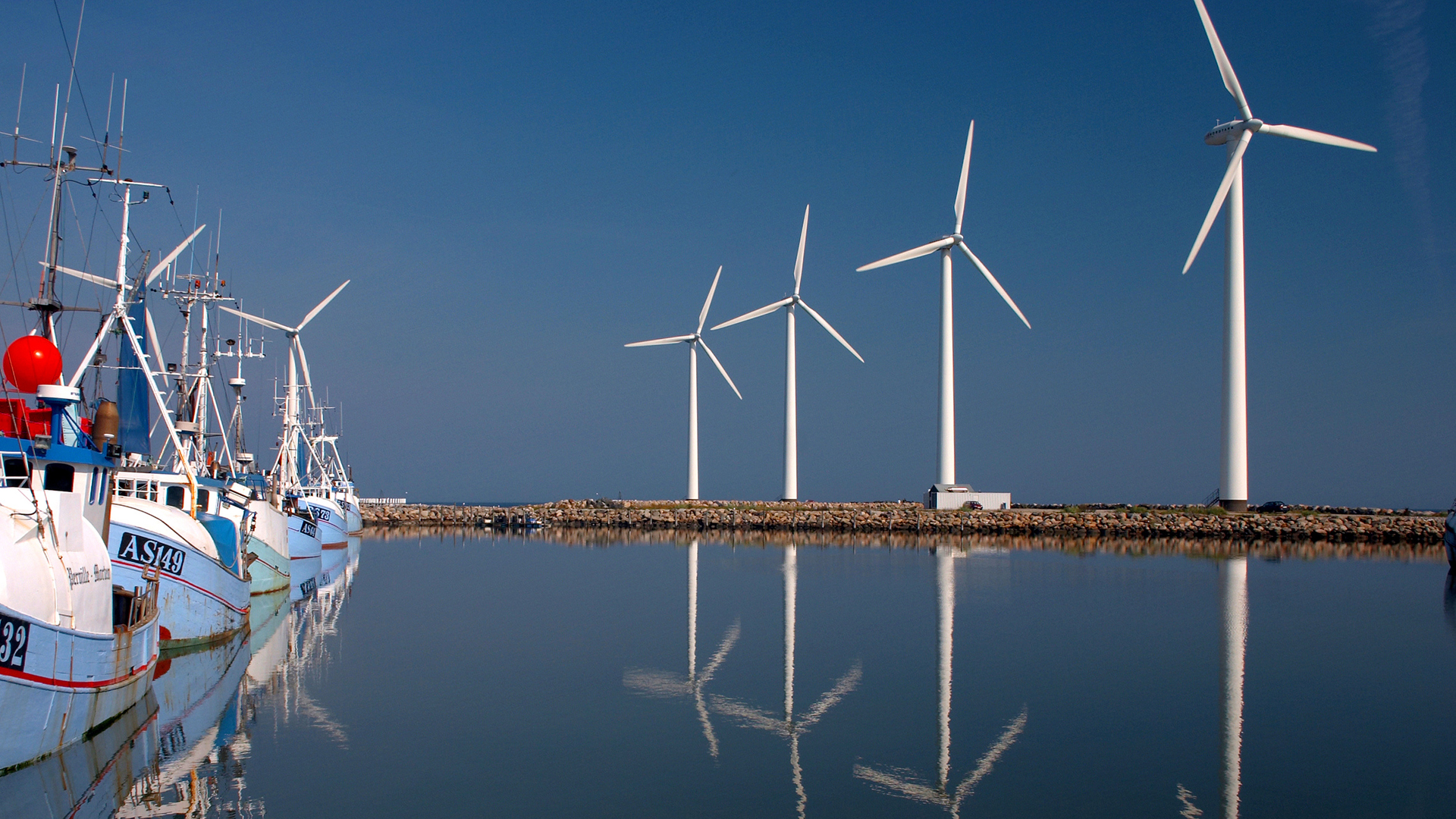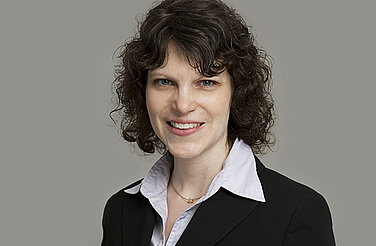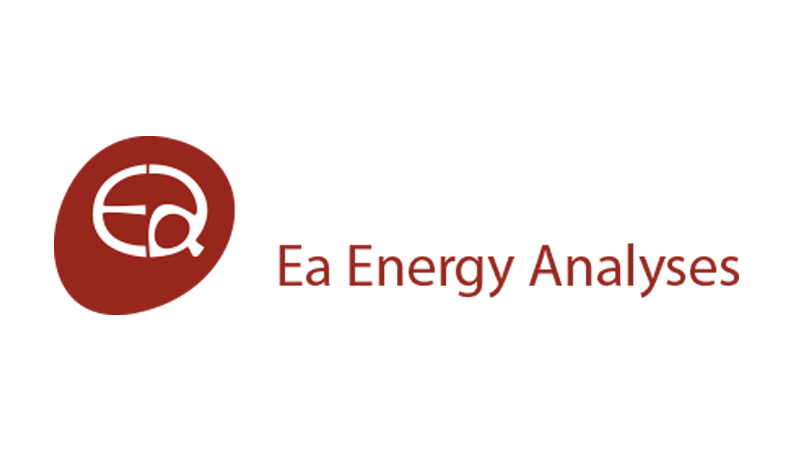-
Denmark is the world’s leader in the deployment of wind power, with 39 percent of electricity consumption supplied by wind.
The challenge of integrating a high share of wind power led Danish institutions and market participants to develop several flexibility options early on, including use of interconnectors to other countries, increasing the flexibility of thermal power plants, making district heating more flexible, encouraging system friendly wind power, implementing demand side flexibility as well as introducing alternative options for procuring ancillary services.
-
Market based power exchange with neighbouring countries is the most important tool for dealing with high shares of wind power in Denmark.
With 6.4 GW of net transfer capacity to Norway, Sweden and Germany (Danish peak demand: 6 GW), Denmark is able to sell electricity during times of high wind production, and to import electricity in times of low wind production. The use of the 2.4 GW net transfer capacity to Germany is sometimes limited for export depending on the wind conditions in Northern Germany.
-
A great deal of attention has been devoted in recent years to the flexibilisation of conventional power plants.
Danish coal power plants have been optimised to allow very steep ramp-up gradients, shorter
start-up times and low but stable minimum generation levels. Flexibility in providing ancillary services has further reduced must-run capacity -
Denmark has a large number of combined heat and power (CHP) plants in its power system.
Regulation has been reshaped to reduce heat bound electricity generation in situations with high wind energy feed-in. In the future district heating systems are envisioned to become electricity consumers rather than producers in times of high wind power production. In spite of changes already adopted to the energy tax system, further regulatory measures are still needed to tap the full potential of using power for heat.
The Danish experience with integrating variable renewable energy
Lessons learned and options for improvement

Preface
In 2014 wind energy alone supplied 39 percent of Danish electricity demand. Danish energy supply is moving away from a system based on fossil fuels, especially coal, toward an entirely renewable energy based system. In fact, Denmark is striving for complete independence from fossil fuels by 2050. In the electricity and heating sectors, fossil fuel phase-out is expected even earlier. Denmark aims to meet 50 percent of electricity demand with wind power by 2020.
Thus, increasing the integration of wind energy is one of the key challenges in the Danish renewable energy transition, the so-called grøn omstilling.
What steps has Denmark taken to enable the deployment of ever-greater shares of wind power? What flexibility measures has the country implemented to keep its power system reliable and stable? And can other European countries learn from the Danish experience – based on the understanding that sooner or later, they will face the same challenges? The following report, which was drafted by the Copenhagenbased research and consultancy company Ea Energy Analyses, takes an in-depth look at the Danish experience with integrating wind power. It is hoped that the lessons learned in Denmark in recent decades can serve as a valuable aid to other countries in their efforts to transform their energy systems.
Key findings
Bibliographical data
Downloads
-
pdf 6 MB
The Danish Experience with Integrating Variable Renewable Energy
Lessons learned and options for improvement



